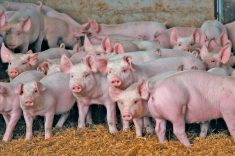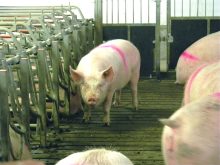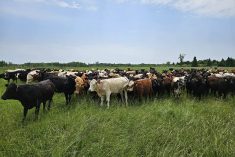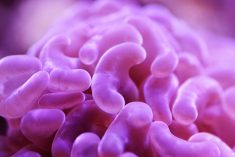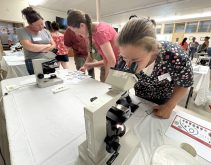With maximum funding ranging between $25,000 and $35,000 per project, aspects of manure and nutrient management and livestock handling and housing represent key areas of focus for government support in the recently-released Canadian Agricultural Partnership (CAP) suite of programs.
Also on offer is a maximum of $75,000 for either livestock or food crop producers for implementation of plans and installation of equipment related to food safety and traceability. And up to $50,000 could be handed to livestock producers implementing plans for preventing the spread of disease, or to greenhouse operators preventing access by pests and rodents. Similar to the Growing Forward 2 program, CAP’s predecessor, more funding can be generated by using “innovative” ideas.
Read Also
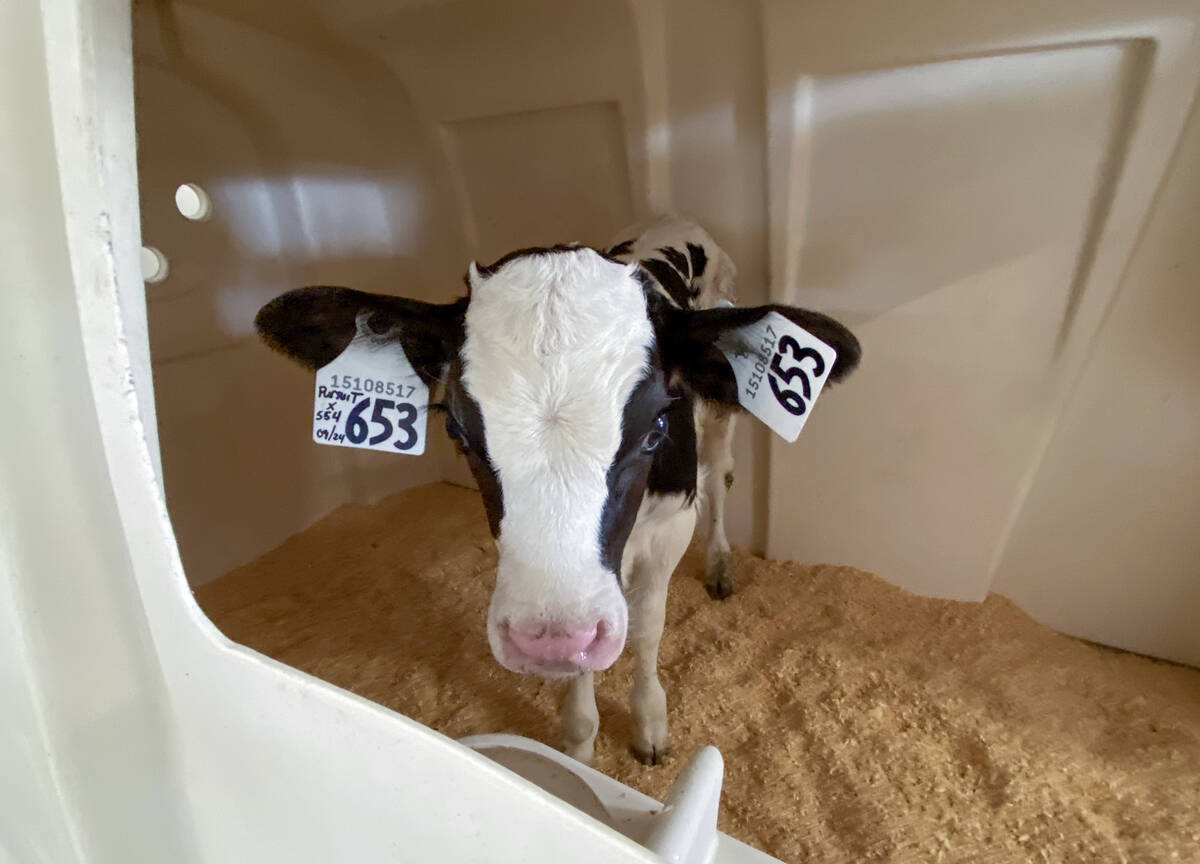
Lactanet turns methane expertise into business opportunity
Lactanet’s new fee-for-service breeding tool initiative to reduce greenhouse gas emissions in Canadian and Swiss Holstein herds will launch in April 2026.
Why it matters: The provincial and federal governments moved quickly to get the new CAP program up and running with no gap between it and the old Growing Forward 2 program and the first intake is quickly coming to a close.
In March, specifics — including an intake period for applications — were released regarding potential funding for groups and organizations undertaking projects related to environmental stewardship in farm country. It was clear at that time that CAP would continue with what was a Growing Forward focus of decreasing nutrient run-off from agricultural land into the Great Lakes watershed.
With the announcement in early April of program details and the first application intake period — running through May 8 — for producers, however, it became clear food safety and animal welfare have been given equal billing to nutrient management in the new suite of farm-centred programs.
In food safety, it’s projects related to traceability which could potentially command the largest cost-share payout, up to $75,000. In animal welfare, meanwhile, cost-shares are offered of up to $25,000 for equipment or new construction that improves animal housing and/or handling. The same amount is offered for measures to enhance flock/herd health management.
Throughout the second week of April in locations across the province, the Ontario Soil and Crop Improvement Association (OSCIA) hosted information sessions about the producer-targeted CAP programs it will administer in the province.
At those meetings, broad details around application periods were presented (a second intake period for Year 1 of the five-year program runs Aug. 7-28; the first intake for Year 2 is planned for Jan. 9-30, 2019) and areas of focus for potential projects.
Attendees were handed a set of four Producer Program Guides, three of them covering project areas under CAP’s three areas of focus for producers: Economic Development, Environmental Stewardship, and Protection and Assurance. The page on OMAFRA’s website pertaining to CAP — which directs producers to visit the OSCIA site to learn more — notes that an over-arching focus across all three priorities will “continue to be… research and innovation.” And this is emphasized in each of the Producer Program Guides, with a separate section in each booklet providing a “Checklist for Innovation Cost-share Funding” through which producers might secure “an increase in CAP funding.”
As an example, in the section for greenhouse growers thinking of applying for up to $50,000 to limit pest access, the guide book advises, “if you are being innovative in implementing your project (e.g. using novel materials, combining multiple techniques to develop a new strategy), you may be eligible to receive cost-share funding of up to 50 per cent, to a maximum available cost-share per project of $100,000.”
The fourth booklet handed out at a session in Brodhagen was entitled “Lake Erie Agriculture Demonstration Sustainability,” with the acronym LEADS. OSCIA program lead Lois Sinclair advised those in attendance to determine if their farms lie within the LEADS area — basically the watershed areas draining into Lake Erie or Lake St. Clair.
The Canada-Ontario Lake Erie Action Plan was released in February, according to the LEADS booklet. “The LEADS program will support the implementation of best management practices (BMPs) on farms… that improve soil health and address nutrient reduction targets. These projects will help to improve soil health, the health of our waterways, and support Ontario’s commitments to phosphorus loss reductions in these priority areas.”
Sinclair stressed that if you’re interested in applying for a project covered by the province-wide Environmental Stewardship program, make sure it’s not also covered under LEADS. If it is, apply under LEADS instead, because the cost-share rate could be higher. And the intake period for applications is ongoing with LEADS; money will be allocated continuously until it runs out.
Best Management Practices (BMPs) covered under LEADS include cover crops, fragile land retirement, modifications to tillage and nutrient application equipment, adding organic soil amendments, and erosion control structures, among others.







